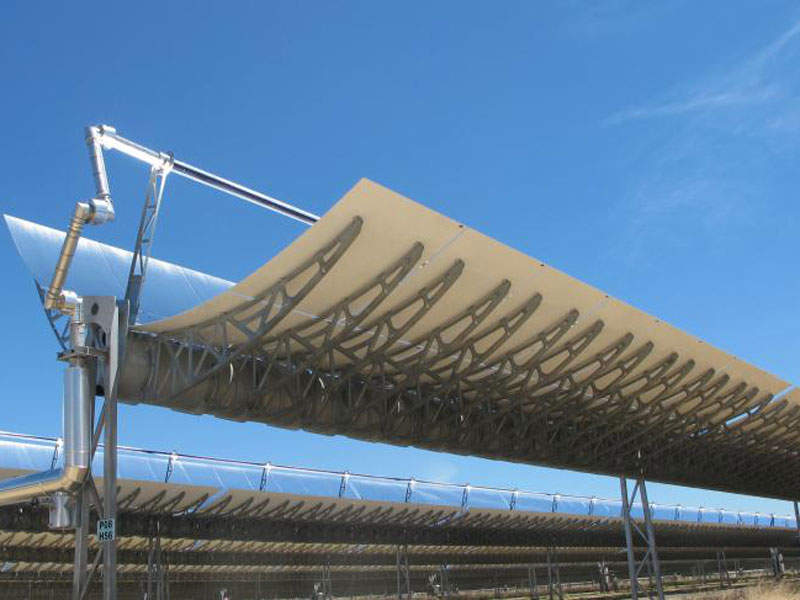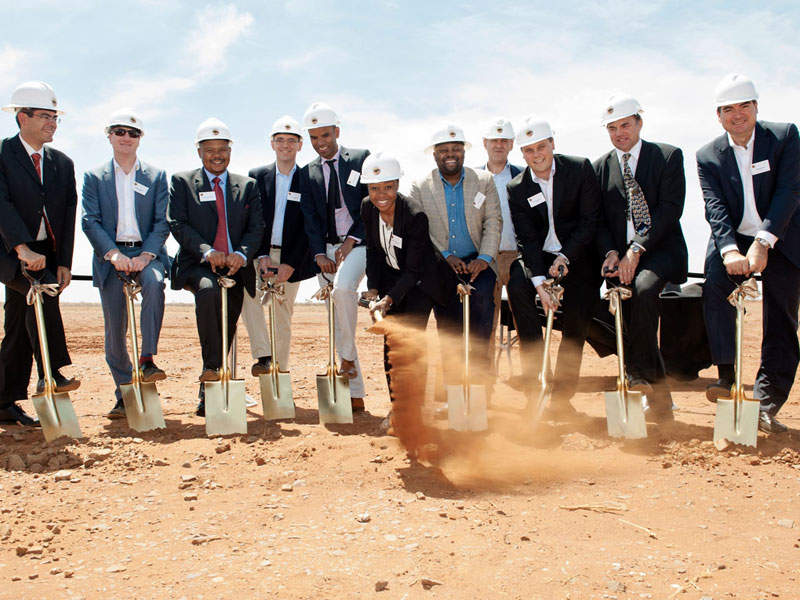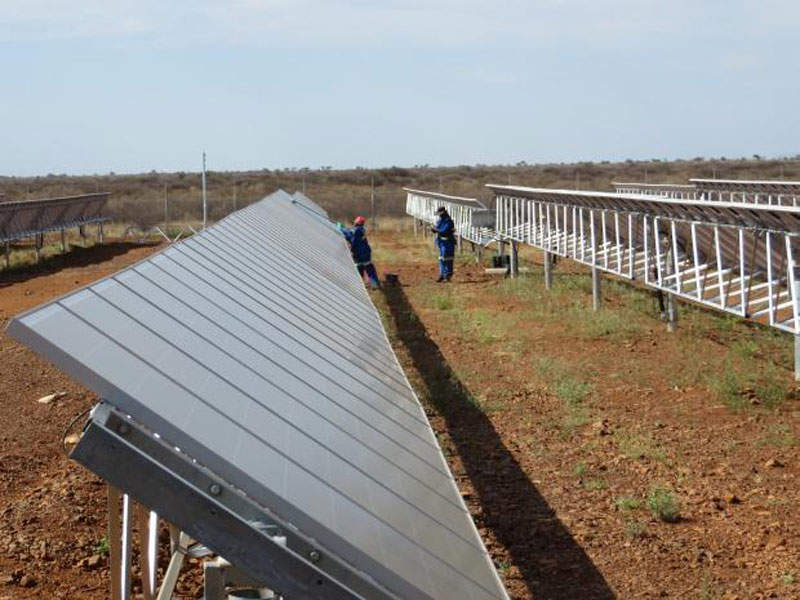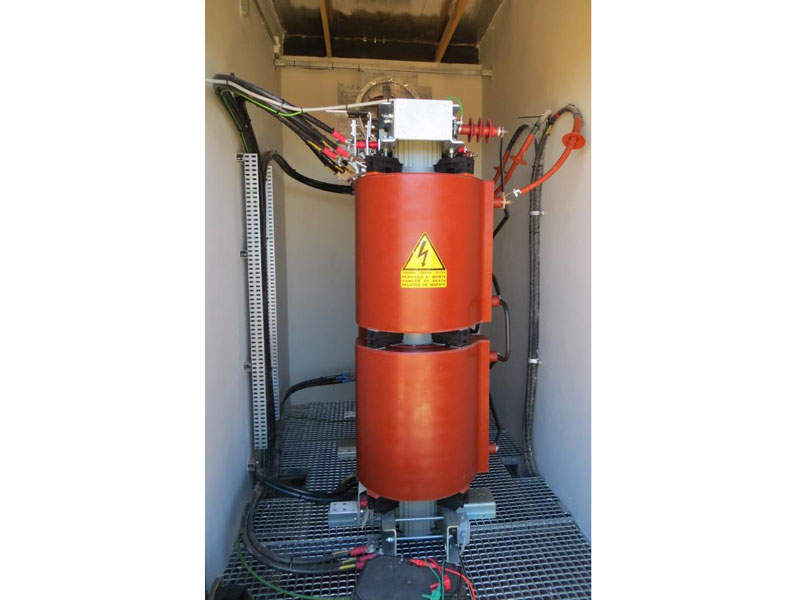Kathu solar park is a 100MW concentrated solar power project in the Northern Cape province of South Africa.
Construction on the solar project began in May 2016, with operations commencing in February 2019. The solar power park is estimated to have an operational lifetime of 30 years.
The project is a part of South Africa’s Integrated Resource Program 2010, which aims to increase the country’s power generation capacity to 86.8GW by 2030.
Kathu solar park is being developed by a jointly owned company of the same name. ENGIE has the largest share in that company with 48.5% ownership, the SIOC Community Development Trust owns 12.5%, the Public Investment Corporation has a 17.5% share, the Lereko Metier REIPPP Fund Trust owns 11.5%, Investec Bank has 7.5% and the Kathu LCT Trust possesses 2.5%.
Kathu solar park location and make-up
Kathu solar park is situated in the Kalahari Desert in the Northern Cape province, which is approximately 600km south west of Pretoria.
It is a parabolic trough plant consisting of numerous solar collector assemblies such as curved mirror parabolic reflectors, a tracking system, a support structure and a receiver tube. It also includes heat exchangers, steam boilers and steam turbines.
The plant is equipped with a molten salt storage system that allows for 4.5 hours of thermal energy storage. The storage system reduces the effects of irregular sunlight and enables the plant to produce electricity even when sunlight is absent.
It is installed with 57 three-phase cast resin-type transformers, rated at 1,500kVA.
Power generation at Kathu
The parabolic trough technology tracks the sun with the parabolic reflectors and focuses the sun rays onto an absorber pipe, which serves as a heat absorbent medium.
The absorbed heat energy is carried to the heat exchanger and boiler, which contains water. The heat boils the water and produces steam, which drives the steam turbine to generate electricity.
Financing
The Kathu project has been funded through a combination of equity and debt. The debt financing is being provided by a group of South African banks that includes Nedbank Capital, Rand Merchant Bank, Investec, ABSA Capital and the Development Bank of Southern Africa.
Power purchase agreement details
ENGIE signed a 20-year power purchase agreement with South African state-owned utility company Eskom for the Kathu solar park project in May 2016.
Contractors involved
A consortium of SENER and ACCIONA was awarded the engineering, procurement and construction contract for the project. SENER is providing its second generation SENERtrough®-2 parabolic trough technology as part of the contract.
MMYPEM carried out the mechanical assembly of the steam turbines, while SEA supplied cast resin transformers.
Mott MacDonald carried out the technical and environmental due diligence during the financing stage and is also responsible for monitoring the construction and operations.
Kathu solar park construction
Heat exchangers at the project site were installed using a 440t heavy skidding gantry, and strand jacks. The initial load was lifted to 7m, with four lifting units, of a 200t weight, at the top of the gantry.
Installation was carried out through a process of unloading, lifting, and transverse skidding the first three of the six heaters to the first installation place. This was followed by the gantry being longitudinally skidded to the second installation place, following the previous sequence.
The salt melting process at the concentrated solar plant started in August 2018 and the steam blow began a month later, which signified the first steam generation using solar energy.
Successful synchronisation of the Kathu solar park took place in November 2018.
Benefits of the Kathu solar project
The project is supplying electricity to more than 179,000 South African homes, offsetting six million tonnes of carbon emissions over 20 years.
It also created 500 jobs during the construction phase and 81 permanent jobs during the operational phase.
The project has also driven the economic revival of the Northern Cape province, which is currently in depression due to a slump in mining activities.







